I reprint this post every October, to remind all of us about the treachery of bullying.
In October 2006, thirteen-year-old Megan Meier hung herself in her bedroom closet after suffering months of cyberbullying. She believed her tormentors’ horrid insults, never thought she could find a way to stop them, and killed herself. She’s not the only one. In fact, according to StopBullying.gov, 52 percent of young people report being cyberbullied and over half of them don’t report it to their parents.
Everyone knows what bullying is — someone being taunted physically or mentally by others — and there are endless resources devoted to educating both students and teachers on how to combat bullying. But what about cyberbullying? Wikipedia defines “cyberbullying” as:
the use of information technology to repeatedly harm or harass other people in a deliberate manner
Cyberbullying occurs on not just social media like Twitter, Facebook, and topical forums, but multiplayer games and school discussion boards. Examples include mean texts or emails, insulting snapchats, rumors posted on social networking sites, and embarrassing photos or videos.
How serious is it?
The National Youth Violence Prevention Resource Center estimates that nearly 30 percent of American youth are either a bully or a target of bullying. 7% of high school students commit suicide, some because of cyberbullying:
On October 7, 2003, Ryan Halligan committed suicide by hanging himself [after being cyberbullied by high school classmates]. His body was found later by his older sister.
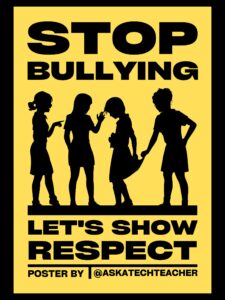 It gets worse every year as the Internet plays an increasingly dominant part in student lives at home and school. Exponentially worse. Because this crime is hidden in the vastness of the world wide web, the bully considers themselves anonymous, hiding behind their handles and fake profiles, making it difficult to find the guilty parties. As a result, too often, everyone thinks someone else is responsible for stopping it. Parents think they’re invading their child’s privacy by monitoring social media accounts and teachers think they don’t have enough time to monitor school-related virtual meeting places. What makes it even harder to identify and less likely to solve is that students often are reluctant to ask for help.
It gets worse every year as the Internet plays an increasingly dominant part in student lives at home and school. Exponentially worse. Because this crime is hidden in the vastness of the world wide web, the bully considers themselves anonymous, hiding behind their handles and fake profiles, making it difficult to find the guilty parties. As a result, too often, everyone thinks someone else is responsible for stopping it. Parents think they’re invading their child’s privacy by monitoring social media accounts and teachers think they don’t have enough time to monitor school-related virtual meeting places. What makes it even harder to identify and less likely to solve is that students often are reluctant to ask for help.
Effects of Cyberbullying
Kids who are cyberbullied are more likely to:
- use alcohol and drugs
- skip school
- experience in-person bullying
- be unwilling to attend school
- receive poor grades
- have lower self-esteem
- have more health problems
What you can do
October is National Bullying Prevention Awareness Month.
There are steps parents and teachers can take to prevent cyberbullying from starting. Discuss this topic with your child (or students) every year, starting as soon as they use multi-player games (often as young as second grade). You think they’re OK because you disabled the online access — think again. These clever digital natives take figuring out how to circumvent your protections as a challenge. Once the emotional damage is done, it’s difficult to undo.
Here are great resources to start or continue your discussions. Be sure to preview them to see if they suit your children or student group. Some are pretty sad:
This is a video published by Riyadh, the victim of high school bullying. He’s now an adult and reaches out to his childhood bully, not in anger but to try to understand. I am amazed by Riyadh’s strength. The video’s only seven minutes long, easily shown to a group. In fact, 4.7 million people (and counting) have watched this video since it was published in September 2015.
This is a 90-minute movie put out by ABC Family, now available on YouTube. It’s about a cute, popular girl with everything a girl wants — until she becomes the victim of cyberbullying. It first aired in 2011 and has been viewed by over 11 million people.
Cyberbullying videos from BrainPOP
BrainPop offers two free cyberbully videos, one for youngers and one for olders. As with most BrainPop animations, both teach by exploring the topic through the eyes of a trusted character (in this case, Annie, Tim, and Moby). They’re free; you can even watch if you don’t have a subscription. They include closed caption, transcripts, the ability to print the entire notebook, an easy and hard quiz, a challenge (older only), a make-a-map activity (requires a login), games to support the theme, and activities.
This is a resource site put out by the popular Commonsense Media. You can find age-specific guidelines, videos, and articles that offer advice, resources, and more from parents and experts. You can explore by age-group or pick the most popular resources. It’s geared for fifth grade and up and includes common questions students may ask and their answers.
This site offers guidance on what cyberbullying is and how to stop it. It includes media, images, videos, policies and laws, as well as who to contact if you or a child is being cyberbullied.
This is the heart-breaking video story of a teenager who takes his own life after being ruthlessly cyberbullied. The video is done as text and images with accompanying music and is just short of four minutes. It will break your heart.
Think Time: How Does Cyberbullying Affect You
About three minutes long, this hard-hitting video highlights all the important points about cyberbullying and what teens should think about before they engage in the anonymous crime.
***
I found this article wrenching to write. The crime is so ugly, destructive, and affects our most innocent. But it must be addressed. These resources give you a starting point. Don’t wait to discuss cyberbullying until it’s too late.
@PacerNBPC
Copyright ©2022 askatechteacher.com – All rights reserved.
Jacqui Murray has been teaching K-18 technology for 30 years. She is the editor/author of over a hundred tech ed resources including a K-12 technology curriculum, K-8 keyboard curriculum, K-8 Digital Citizenship curriculum. She is an adjunct professor in tech ed, Master Teacher, webmaster for four blogs, an Amazon Vine Voice, CSTA presentation reviewer, freelance journalist on tech ed topics, and author of the tech thrillers, To Hunt a Sub and Twenty-four Days. You can find her resources at Structured Learning.

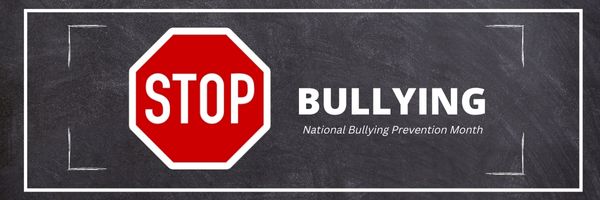
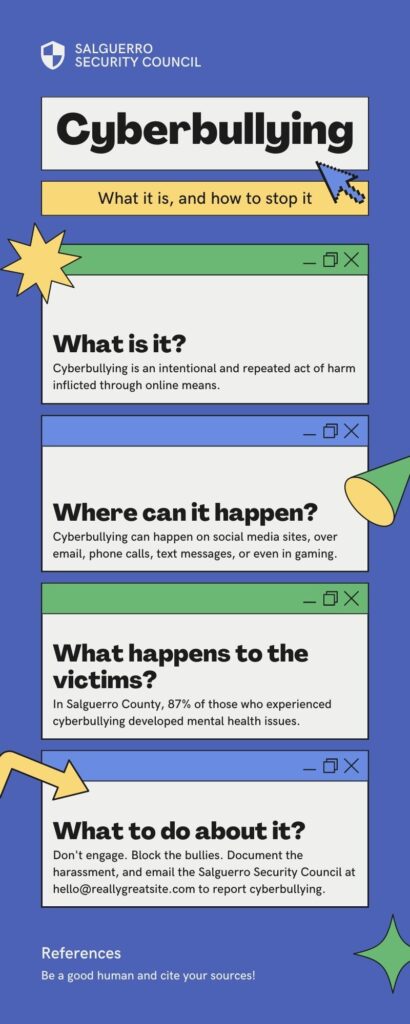




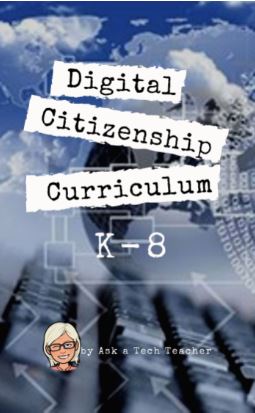
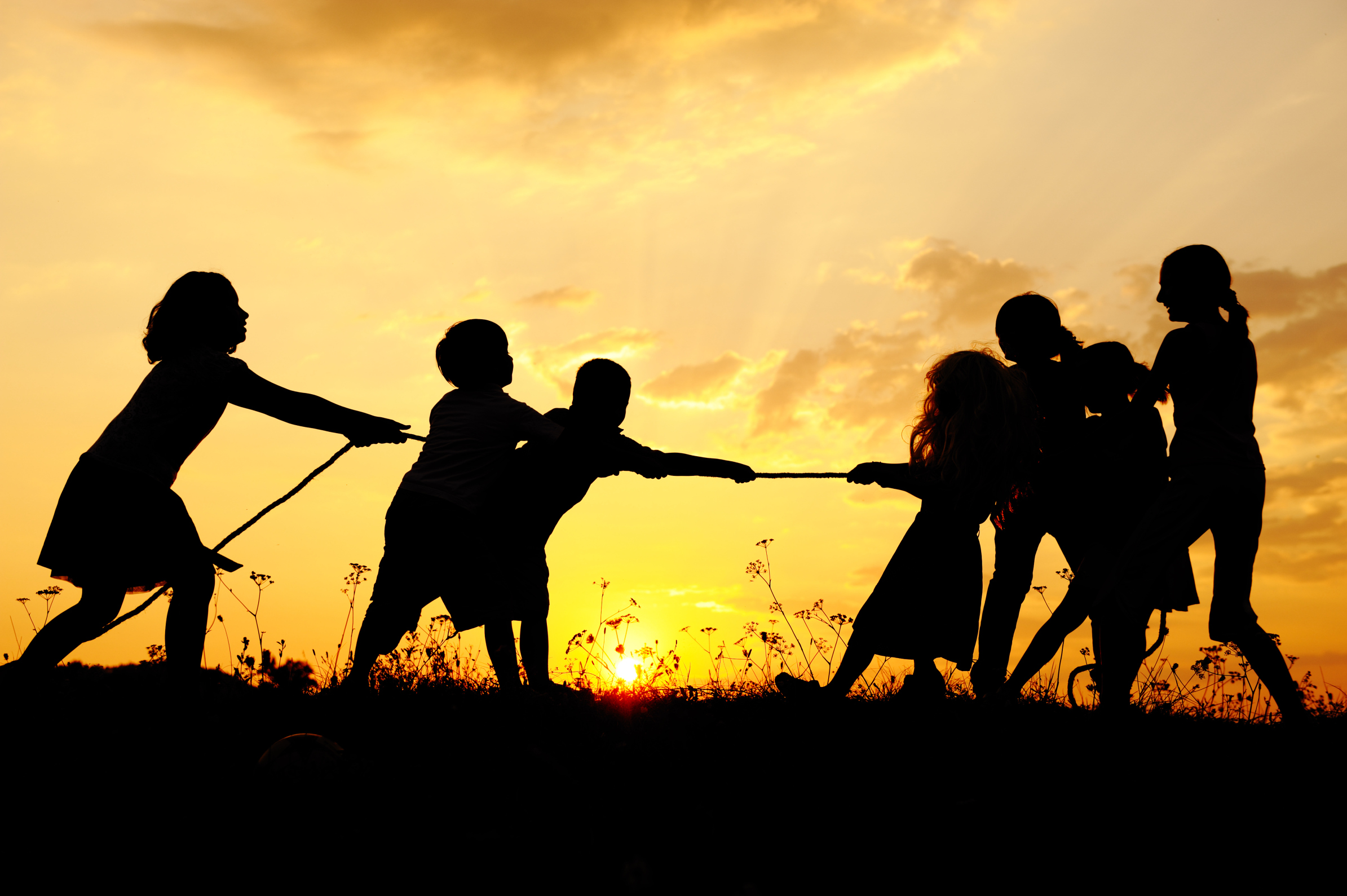
































Great post, Jacqui. I watched two of the videos. Bullying in any form is terrible. I don’t know how we can eliminate it. We definitely need those who are suffering to feel brave enough to speak up. How can anybody think it’s fun to torture another soul? When they do this and drive others to suicide, they really must see their role/responsibility in that, just as much as in destroying their self-worth.
It’s heartbreaking. I think we need to empower kids to stick up for themselves–in appropriate ways. “Find an adult” doesn’t always work, especially as I see what “adults” are allowing in the name of education lately. Sigh.
I agree. Young people shouldn’t feel so alone and threatened.
Increased bullying seems to be a related consequence of easy access to social media. I see part of the problem as an erosion of the way that people talk to one another. I’m not going to blame any one person because it’s far deeper than that. At the same time, people with a large public platform (politicians and celebrities) can influence masses of people by both refraining from that behavior and calling it out.
Freedom of speech doesn’t allow us to say and do whatever we want because words have consequences. I think those using social media in harmful ways should lose the privilege of using it.
So true, Pete. I believe in freedom of speech, but there are so many times I wonder how/why people say what they do. It’s hard to tell where the line is. A foundation of caring for others, of respect help. But kids don’t have that yet. They learn that from teachers and adults.
So tragic and heart breaking. I saw it in northern Sweden when I was a kid almost 50 years ago. It seems to exist everywhere and always. Bullying others seems to be a need some kids have. A dark little presence in their personalities. I intervened once when a classmate was bullied terribly. He was surrounded by a large group taunting him and kicking him as he lay on the ground. I ran as fast as I could to his parents who lived nearby and luckily they were home. The husband ran as fast as he could and chased the kids off and reported them to the school. The school took action and it became a big deal. The school took action against the kids.
I taught my kids to do what was right even if it was uncomfortable. Seeing someone bullied–I guess you have to jump in. As I considered those sorts of eventualities, I had them all take karate! They both became black belts and were pretty sure they could take care of themselves!